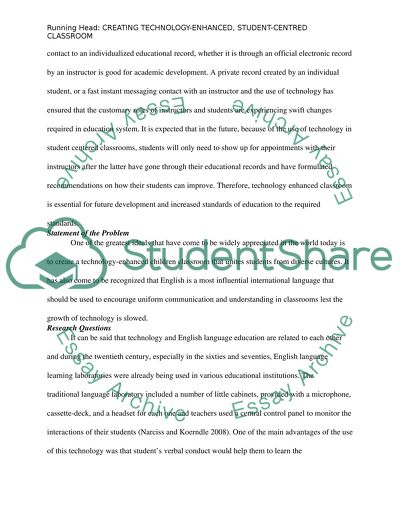Cite this document
(“Creating technology-enhanced, student-centered classroom: integrating Dissertation”, n.d.)
Retrieved de https://studentshare.org/education/1482875-creating-technology-enhanced-student-centered
Retrieved de https://studentshare.org/education/1482875-creating-technology-enhanced-student-centered
(Creating Technology-Enhanced, Student-Centered Classroom: Integrating Dissertation)
https://studentshare.org/education/1482875-creating-technology-enhanced-student-centered.
https://studentshare.org/education/1482875-creating-technology-enhanced-student-centered.
“Creating Technology-Enhanced, Student-Centered Classroom: Integrating Dissertation”, n.d. https://studentshare.org/education/1482875-creating-technology-enhanced-student-centered.


